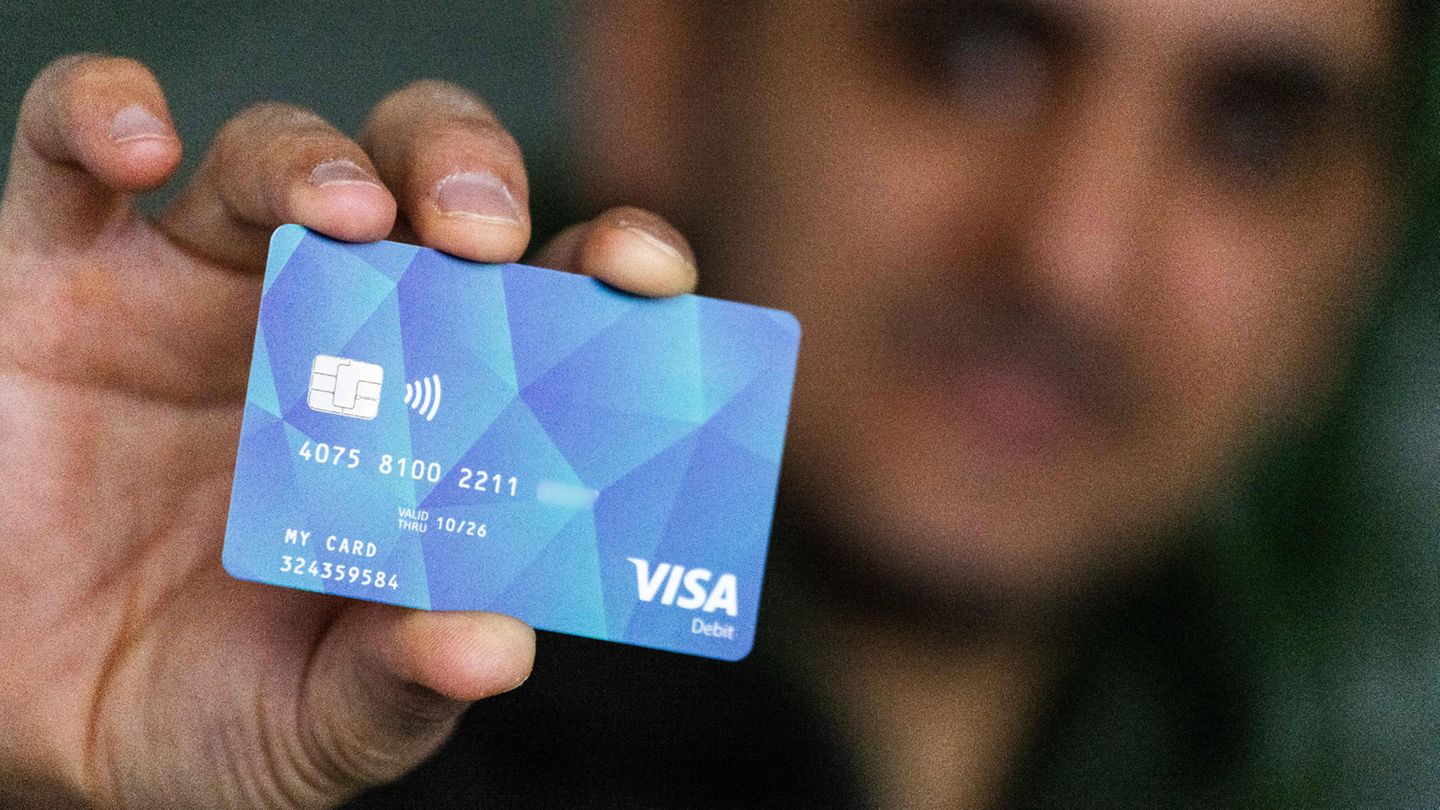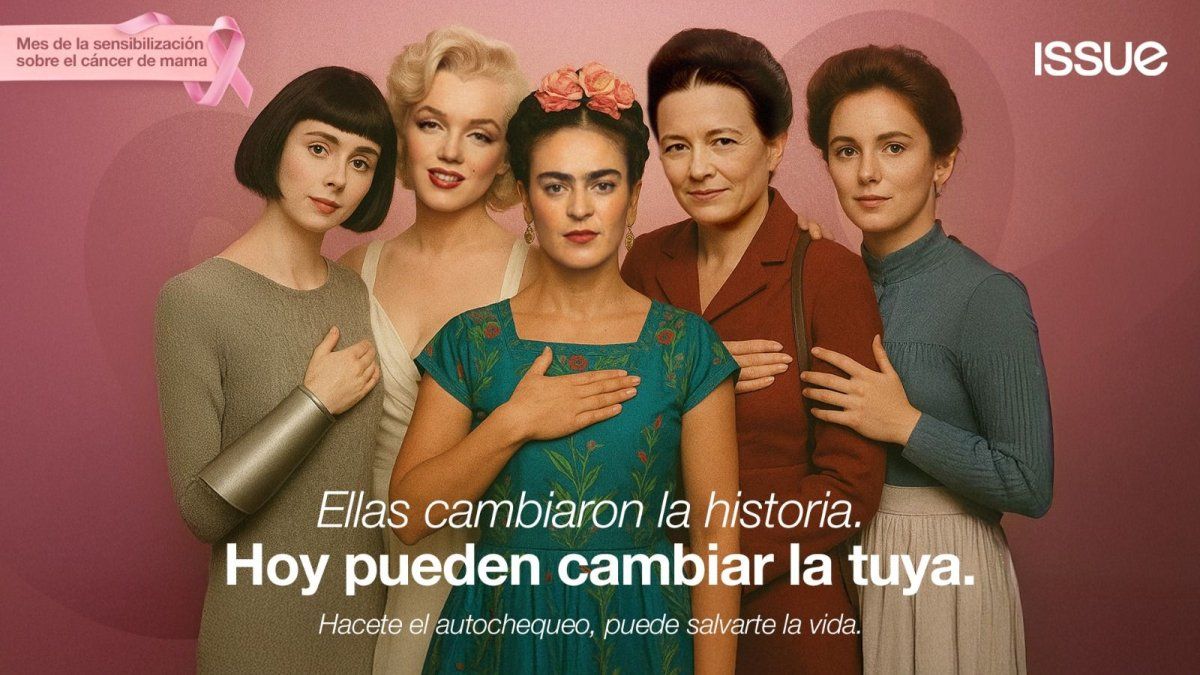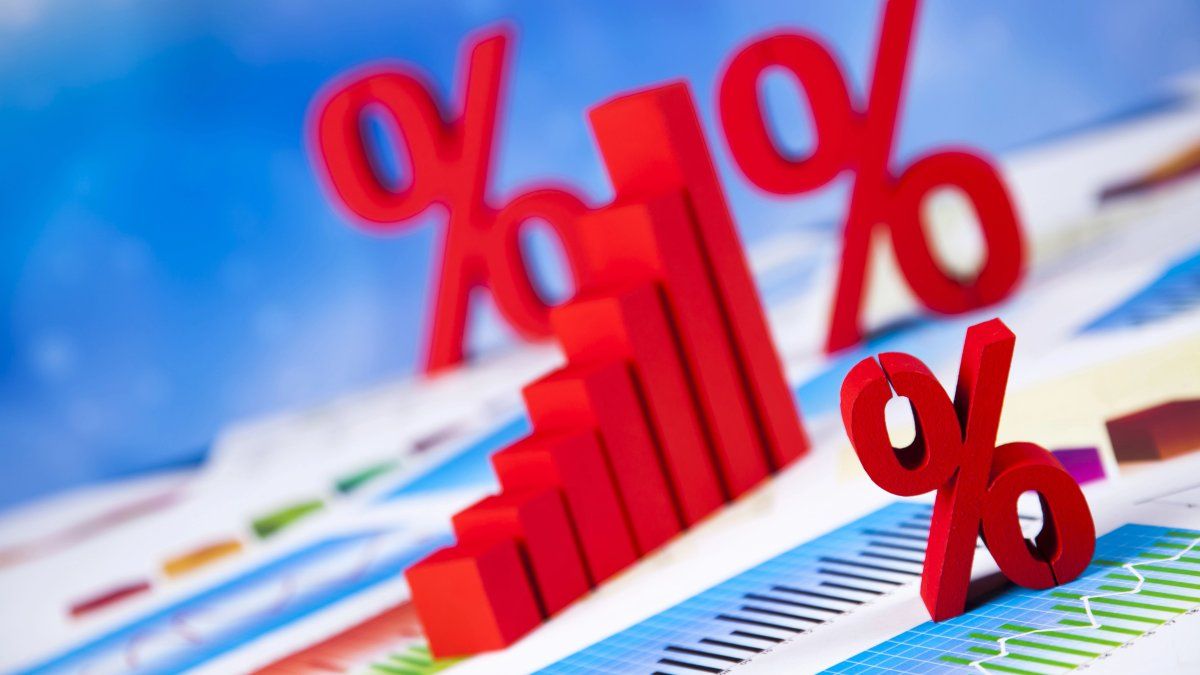The payment card for refugees was approved in 14 of 16 federal states on Wednesday. How does the card work and what do supporters and critics say?
On Wednesday, 14 of 16 federal states agreed on standards for introducing a payment card for refugees. With the card, people are supposed to receive part of the benefits they are entitled to as credit instead of in cash. Bavaria and Mecklenburg-Western Pomerania are also aiming for the introduction, but want to go their own way when it comes to awarding the contracts.
This overview clarifies the most important questions about the payment card:
How does the payment card for refugees work?
The payment card works like an EC card in everyday life. In the future, refugees should also be able to shop cashless. In return, asylum seekers receive at least part of their benefits as card credit and no longer in the form of cash. There is no account binding.
The technical processing takes place at the federal level. Each federal state decides for itself how much benefits will be paid out in the form of cash. Possible additional functions of the card are also a matter for the state.
Can you withdraw cash with the card?
In principle, cash withdrawals should also be possible using a payment card. However, there is probably a maximum amount for this. How high this is is not clear. Card-to-card transfers are also not permitted.
Where will the payment card be available?
In almost all federal states. Only Bavaria and Mecklenburg-Western Pomerania are not included. They want to go their own way.
When is the payment card coming?
There is no specific date yet. The plan is to launch the payment card in 2025. The call for tenders for a suitable service provider begins on January 31, 2024.
Are transfers abroad possible?
No. Refugees are not allowed to send money to relatives abroad. The card is also only functional in Germany.
Who supports the payment card?
The German Association of Cities and Municipalities supports the plans. Managing Director André Berghegger believes payment cards are a good way to limit migration and control integration. Federal Finance Minister Christian Lindner said the introduction of the nationwide payment card was a “milestone” in limiting irregular migration.
What are points of criticism?
Criticism of the payment cards comes primarily from the Left Party and the Greens. For those affected, the cards are “totally discriminatory and stigmatizing,” said Left Party leader Janine Wissler.
According to Jian Omar from the Berlin Green Party, the cards would stigmatize refugees and restrict their right to self-determination. The organization Pro Asyl calls for the card not to be restricted geographically and for participation in cashless payment transactions to be made possible without restrictions. The Federal Government’s Integration Commissioner, Reem Alabali-Radovan, calls for payment cards to be offered by common banks in order to prevent discrimination.
Escape worldwide
103 million refugees worldwide – these countries take in the most
There is also criticism from science. According to migration researcher Herbert Brücker, the payment card will not lead to lower refugee numbers. There is “almost no reliable evidence that the level of benefits for asylum seekers influences the number of asylum applications,” said the migration expert from the Institute for Labor Market and Occupational Research to the “Rheinische Post”.
Sources:, with material from the DPA
Source: Stern
I have been working in the news industry for over 6 years, first as a reporter and now as an editor. I have covered politics extensively, and my work has appeared in major newspapers and online news outlets around the world. In addition to my writing, I also contribute regularly to 24 Hours World.




